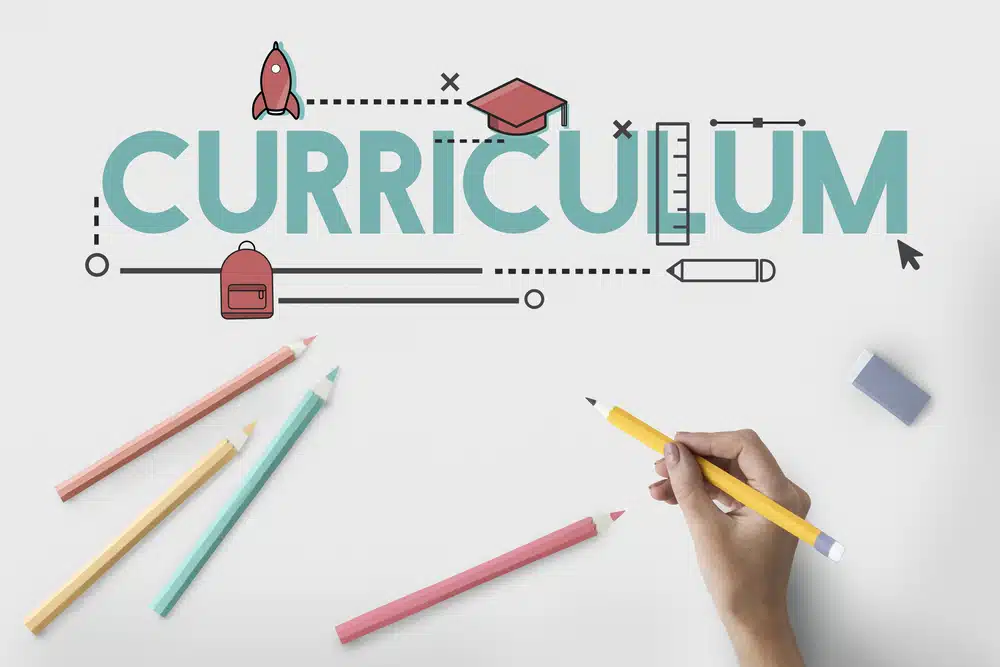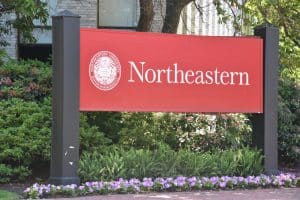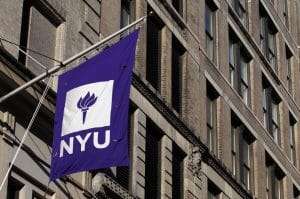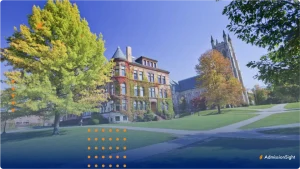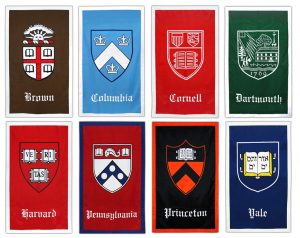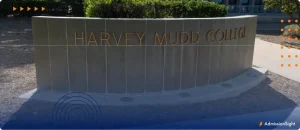Open Curriculum Colleges
The choice of a college or university to further your academic pursuits can indeed be a daunting one. Among the myriad of factors to consider exists an element often overlooked, the nature of the curriculum structure available. One such structure that is steadily gaining traction is what’s commonly referred to as the ‘Open Curriculum’. But what is it, and why should you care? In this article, we delve into the concept of open curriculum colleges, their advantages, potential challenges, and how they compare to traditional curricula.
Understanding the Concept of Open Curriculum
Before we delve into the ins and outs of an open curriculum, it is vital to first establish what it is and what it means for students. The term may be a tad unfamiliar or perhaps even daunting to students accustomed to specific class requirements and a clearly defined path to graduation.
But fear not, for the concept of an open curriculum is an exciting and innovative approach to education that offers students a world of possibilities. It is a pedagogical model that encourages educational exploration, discovery, and innovation.
Defining Open Curriculum
An open curriculum, in essence, is a structure that offers students a high degree of flexibility in designing their own education pathway. Instead of prescribed subjects and courses, students are empowered to choose what they wish to study, guided by their own interests and career goals.
Imagine a student who is passionate about both literature and computer science. In a traditional curriculum, they may be forced to choose one over the other, but in an open curriculum, they have the freedom to pursue both. They can create a unique blend of courses that combines their love for literature with their interest in coding, leading to a truly personalized and enriching educational experience.
Furthermore, an open curriculum encourages interdisciplinary learning, allowing students to explore connections between different fields of study. They can take courses in philosophy, psychology, and biology, and discover how these seemingly unrelated subjects intersect and complement each other.
History and Evolution of Open Curriculum
The concept of open curriculum began in American higher education institutions in the late 1960s and early 1970s. This was a period characterized by a strong desire for pedagogical reform and increased academic freedom.
Students and educators alike were questioning the traditional model of education, which often prioritized rote memorization and standardized testing over critical thinking and creativity. They sought a more student-centered approach that would foster intellectual curiosity and independent thinking.
Initially adopted by a select few universities, the open curriculum concept has gradually expanded over time. Today, a number of schools across the United States and globally have adopted the open curriculum approach to varying degrees.
Some institutions have fully embraced the open curriculum model, allowing students complete freedom in designing their own course of study. Others have implemented a modified version, where students have some flexibility within certain academic guidelines.
Regardless of the degree of openness, the adoption of an open curriculum represents a shift towards a more student-centric approach to education. It recognizes that every student is unique, with different passions, interests, and goals, and it empowers them to take ownership of their education.
Open curriculum also prepares students for the ever-changing demands of the modern workforce. In a world where industries and job requirements are constantly evolving, the ability to adapt, think critically, and pursue one’s passions becomes increasingly valuable.
So, whether you are a student considering an open curriculum institution or an educator exploring new pedagogical approaches, understanding the concept of open curriculum is the first step towards embracing a more flexible and personalized educational experience.
The Benefits of Open Curriculum Colleges
There are numerous benefits to attending an open curriculum college, which often translates into unique academic and personal development opportunities for students.
When it comes to fostering independent learning, open-curriculum colleges truly excel. These institutions cultivate an environment that promotes self-direction and autonomy. With the freedom to choose what and how to study, students learn to take ownership of their educational journey. This not only instills a sense of responsibility but also enhances both personal growth and academic maturity. Students are encouraged to explore their passions and delve into subjects that truly ignite their curiosity.
Moreover, open-curriculum colleges are known for encouraging interdisciplinary studies. Unlike traditional colleges with stringent requirements, open curriculum colleges provide students with the flexibility to explore courses across multiple disciplines. This freedom allows students to connect ideas and concepts from various fields, fostering the development of a broad skill set. By engaging in interdisciplinary studies, students gain a deeper understanding of how different subjects intersect and complement each other. This not only broadens their knowledge but also opens doors to novel ideas and perspectives.
Another advantage of open curriculum colleges is the opportunity for personalized learning. With the ability to tailor their course selection to their individual interests and goals, students can create a curriculum that aligns with their unique aspirations. This personalized approach to education empowers students to pursue their passions and develop a specialized skill set that sets them apart in their chosen field.
In addition to academic benefits, open curriculum colleges also foster a vibrant and inclusive community. By attracting students with diverse interests and backgrounds, these colleges create an environment that celebrates individuality and encourages collaboration. Students have the opportunity to engage with peers who share their passions while also being exposed to different perspectives and ideas. This enriching experience not only enhances their social skills but also prepares them for the diverse and interconnected world they will encounter after graduation.
Furthermore, open curriculum colleges often provide ample opportunities for experiential learning. Through internships, research projects, and community engagement, students can apply their knowledge and skills in real-world settings. This hands-on experience not only deepens their understanding of their chosen field but also equips them with practical skills and a competitive edge in the job market.
Overall, attending an open curriculum college offers students a unique and enriching educational experience. From fostering independent learning and encouraging interdisciplinary studies to providing personalized learning and experiential opportunities, these colleges empower students to shape their own educational journey and prepare them for a successful future.
Potential Challenges of Open Curriculum
While the open curriculum may seem idyllic in many ways, it does come with its fair share of challenges that students must be prepared to navigate.
Navigating Academic Freedom
Firstly, the freedom that makes an open curriculum appealing can also be daunting. Without a predefined path to follow, some students may feel overwhelmed by the multitude of choices available. In such cases, the ability to self-direct and make informed decisions becomes crucial.
Students who are accustomed to a traditional curriculum, where courses are predetermined and structured, may find it difficult to adjust to the open curriculum. The absence of a prescribed sequence of courses can be disorienting, as students are required to chart their own educational journey. This can lead to uncertainty and indecision, as students grapple with the vast array of options at their disposal.
However, the ability to navigate academic freedom is an invaluable skill that can be developed through the open curriculum. Students who embrace this challenge have the opportunity to explore diverse subjects, delve deeper into their passions, and tailor their education to suit their individual needs and interests.
Addressing Potential Lack of Structure
In addition, the lack of a rigid structure may prove problematic for students who thrive in more structured environments. Traditional programs with their defined sequence of courses often provide a clear roadmap, which can bring a sense of security. On the other hand, the open curriculum places the onus on the student to create their own educational path, which may prove challenging for some.
Without a predetermined structure, students may struggle to establish a sense of direction and purpose. They may feel overwhelmed by the freedom to choose and unsure of which courses to take, leading to a lack of focus and coherence in their academic pursuits. It requires self-discipline and strong organizational skills to create a well-rounded and meaningful educational experience within an open curriculum.
However, the lack of structure in the open curriculum also presents opportunities for students to develop important skills such as adaptability, self-motivation, and critical thinking. By taking ownership of their education and actively shaping their learning path, students can cultivate independence and a sense of responsibility for their own intellectual growth.
Comparing Open Curriculum to Traditional Curriculum
Given the fundamental differences, how does an open curriculum stack up against a traditional curriculum? Let’s compare the two in terms of course flexibility and assessment methods.
Course Selection and Flexibility
In a traditional curriculum, course selection is often limited and strictly defined by each specific major. Students are required to take a set number of courses within their chosen field of study, leaving little room for exploration outside of their designated path. This can be frustrating for students who have diverse interests or are unsure about their future career goals.
On the other hand, the open curriculum offers much more flexibility, allowing students to choose courses based on their interests, career goals, and intellectual curiosity. This means that students are not confined to a predetermined set of courses and can explore a wide range of subjects. For example, a student majoring in biology can also take courses in philosophy, art history, or even computer science, providing them with a well-rounded education and the opportunity to pursue interdisciplinary studies.
Furthermore, the open curriculum encourages students to take ownership of their education. It empowers them to design their own academic journey, tailoring it to their individual needs and aspirations. This level of autonomy fosters a sense of independence and self-motivation, as students are actively engaged in shaping their educational experience.
Assessment and Grading Differences
Another key distinction found in some open curriculum schools is a shift away from letter grades. Instead of traditional grades, these schools use narrative evaluations or other forms of qualitative feedback. This approach aims to focus on development and understanding rather than competitive academic performance.
By moving away from the traditional grading system, open curriculum schools emphasize the process of learning rather than the end result. Narrative evaluations provide students with detailed feedback on their strengths, weaknesses, and areas for improvement. This feedback is often personalized and encourages students to reflect on their learning journey, fostering a deeper understanding of the subject matter.
Moreover, the absence of letter grades eliminates the pressure to constantly strive for high marks. Students are encouraged to take risks, explore new ideas, and make mistakes without the fear of negatively impacting their GPA. This creates a more supportive and collaborative learning environment, where students are motivated by a genuine desire to learn and grow, rather than external validation.
It is worth noting that while the open curriculum offers a more flexible and personalized approach to education, it may not be suitable for everyone. Some students thrive in a structured environment with clear guidelines and expectations. Additionally, certain fields of study, such as medicine or engineering, may require a more rigid curriculum to ensure that students acquire the necessary knowledge and skills.
In conclusion, the open curriculum provides students with the freedom to explore their interests, pursue interdisciplinary studies, and take ownership of their education. It encourages a holistic approach to learning, focusing on personal growth and understanding rather than rigid academic standards. However, it is important to recognize that each curriculum model has its own strengths and limitations, and what works for one student may not work for another.
Choosing the Right Open Curriculum College
In conclusion, while the benefits of an open curriculum are undeniable, it is essential to ensure that the specific institution you are considering can effectively deliver this structure.
Factors to Consider
Selecting the right open curriculum college entails considering a range of factors including curriculum flexibility, faculty support, available resources, as well as the success rate of former students. It may also be helpful to speak with current students or alumni to get firsthand accounts of their experiences.
Questions to Ask During Your College Search
It is important to ask the right questions during your college search. Inquire about the level of student autonomy, the role of advisors and mentors, the availability of interdisciplinary studies, and the type of student support services in place. Doing so will help ensure that the college aligns with your own academic goals and learning style.
Choosing a college is a momentous decision, and the curriculum structure, open or traditional, is a crucial component in that decision. Ultimately, the decision of whether or not to attend an open curriculum college should be based on personal fit and learning style preferences. By doing careful research and thoughtfully considering your options, you can find a college experience that is not just rewarding, but truly transformative.



